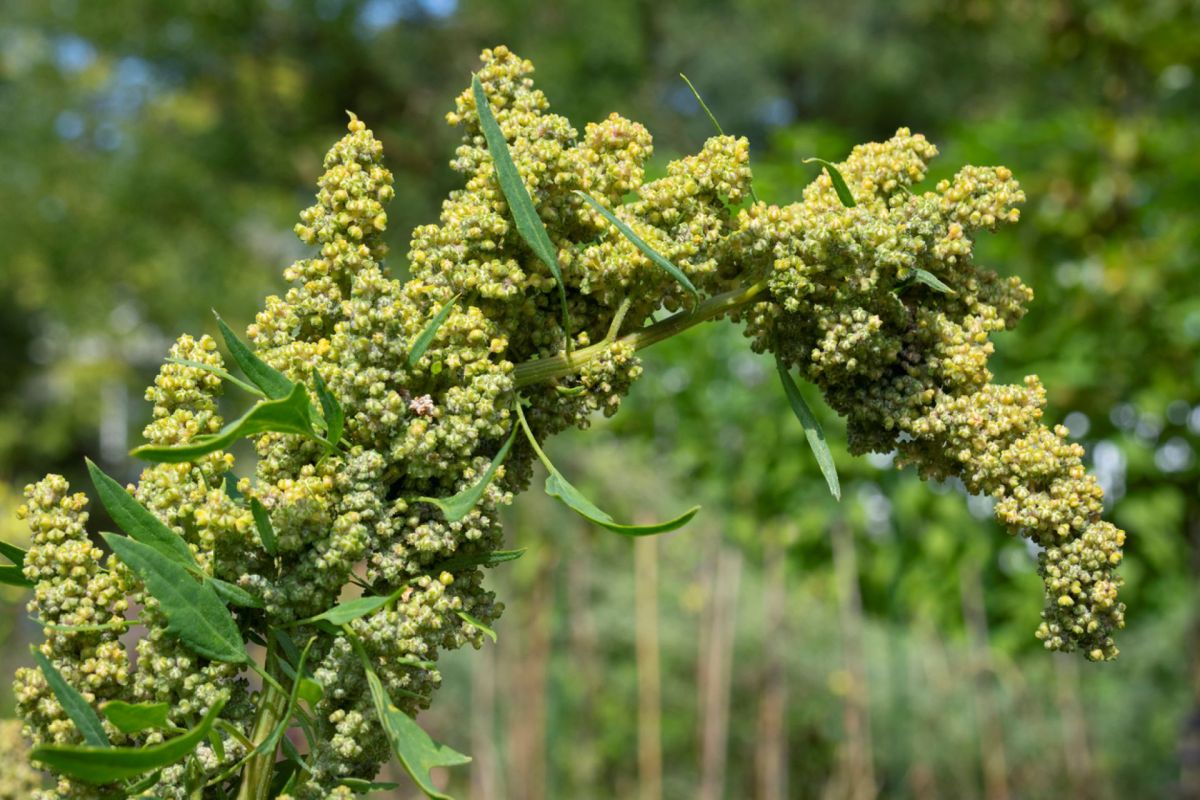The tiny "water balloons" that coat quinoa reportedly serve an unexpected purpose and could soon be used to make this superfood even more super.
As detailed by Futurity, a joint study published in the journal Current Biology discovered that the fluid-filled structures covering quinoa protect the plant from pests and disease — basically a built-in way to control pests without chemicals.
Scientists initially believed that the hair-like "bladder cells" gave the "future-proof crop" a better ability to withstand salt and drought.
"When tiny insects and mites trudge around on a plant covered with bladder cells, they are simply unable to get to the juicy green shoots that they're most interested in. And as soon as they try to gnaw their way through the bladder cells, they find that the contents are toxic to them," Michael Palmgren, a professor at the University of Copenhagen, told Futurity.
The findings sparked optimism that "super-quinoa" could be around the corner, with scientists able to adapt the plant to thrive under different conditions.
Temperatures have risen worldwide, primarily driven by the use of dirty energy, and scientists have been sounding the alarm on how that is affecting food security. The warmer weather not only allows insects to thrive in previously inhospitable regions but also increases their appetite.
"When the temperature increases, the insects' metabolism increases so they have to eat more," Scott Merrill, a research associate professor at the University of Vermont, said in a school press release of a 2018 study.
According to the UN Food and Agriculture Organization, 40% of crops are already lost to insects, with invasive pests responsible for more than $70 billion in damages. Fall armyworm, for example, has expanded its territory, chowing down on a variety of crops, including maize — the second-most produced food globally.
The latest findings could help farmers grow the protein-rich quinoa in new areas, providing communities with a resilient food source that has all nine essential nutrients not produced by human bodies.
"Due to efforts to expand quinoa cultivation around the world, the new knowledge can be used to adapt the crop to various regional conditions," Ph.D. student Max Moog, who was involved in the study, told Futurity.
"If you want a crop that is extra resistant to pests and diseases, but is still tolerant of salt and drought, one can opt to breed varieties that are densely covered with bladder cells," Palmgren said.
Join our free newsletter for weekly updates on the coolest innovations improving our lives and saving our planet.









